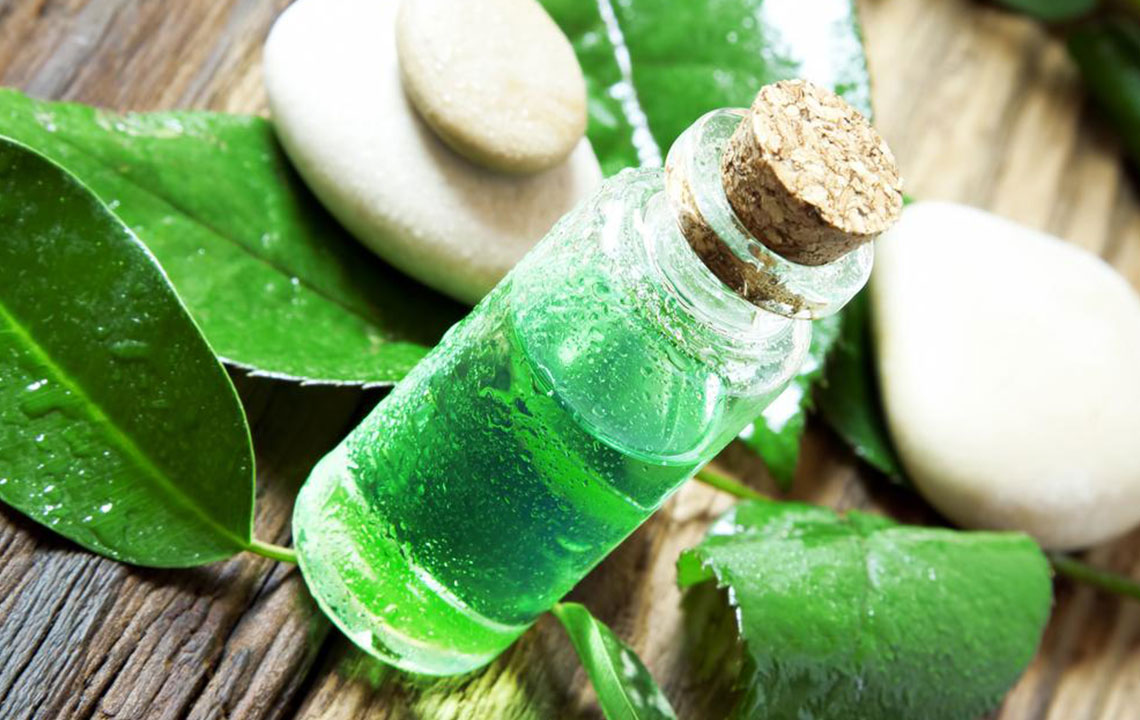Top 10 Home Remedies to Treat Gum Disease

Gum disease or gingivitis is the result of poor oral hygiene. Plaque builds along and under the gum line leading to gingivitis. The symptoms manifest as—persistent bad breath, swelling in the gums accompanied by redness, bleeding in the gums, loose teeth, and receding gums.
While poor oral hygiene can be identified as the sole factor causing gingivitis, other factors like hormonal changes, smoking, stress, a diet that is nutritionally deficient, certain medications, diabetes and other illnesses can be contributing factors.
Gum disease is not only painful but if left untreated, it can lead to other complications like periodontitis.
Unless severe, gingivitis can be tackled at home by adopting home remedies. Gum disease home remedies make use of natural ingredients, which help to contain the infection.
Following are the top 10 gum disease home remedies:
- Hydrogen Peroxide
Hydrogen peroxide is a strong anti-bacterial agent. It kills the germs, fights off gum disease, and also brightens your teeth. It is one of the easiest available gum disease home remedies. You can make use of diluted hydrogen peroxide. A 3% solution of hydrogen peroxide is effective in treating your gum disease. You can adopt any of the following: - Mix water and hydrogen peroxide in equal proportion. Use this solution as a mouth rinse. Rinse for a few seconds and spit out. A word of caution; do not swallow hydrogen peroxide.
- To one teaspoon of baking soda, add hydrogen peroxide periodically in small amounts, such that it forms a paste. Now, use this as toothpaste and brush your gums and gum line. Spit out the residue.
- A paste of clove oil and hydrogen peroxide can be left on the gums for a few seconds and can be washed off later.
This proven remedy can be used few times in a week, over a period of a couple of weeks. You can expect sure improvement. - Cranberry juice
Cranberry is rich in vitamin C, a vitamin that helps to fight infections. Studies have revealed a higher incidence of periodontal disease, due to low vitamin C intake. Gum disease is caused due to the bacteria settling on the teeth, and causing plaque build up.
Cranberry juice prevents the bacteria from settling on your teeth. Drink two tablespoons of cranberry juice every day to reduce the risk of gum disease.
You can also include vitamin C rich foods in your diet like—lemons, grapefruit, oranges, amla, guava, broccoli, papaya, and grapes. Cranberries are a healthy option for gum disease home remedies. - Sea salt
Natural sea salt brims with minerals. These are effective in reducing infection, pain, and inflammation. Use a solution of sea salt and warm water as a mouth rinse for gum disease home remedies. - Aloe vera
Aloe vera is anti-inflammatory and anti-microbial. Its healing properties make it apt to heal gum disease. It also cures mouth ulcers and fights bad breath.
Fresh aloe vera gel can be massaged on the gums.
Rinse your mouth with aloe vera juice for a few times in a day. You can spit the residue. Swallowing some of the juice accidentally does not cause any harm.
Drink two teaspoons of aloe vera juice on a daily basis.
You can adopt any one of the above. - Tea tree oil
Tea tree oil is anti-inflammatory and is effective in soothing swollen and irritated gums. Apply tea tree oil gel on the gums to reduce bleeding and gingivitis. A few drops of tea tree oil can be added to your toothpaste when you’re brushing. - Coconut oil
Coconut oil is anti-inflammatory and anti-bacterial, making it a natural alternative to treat gum disease. Combine coconut oil with baking soda, and use this as toothpaste once a week. - Tea bags
Black tea contains tannic acid that helps to reduce the pain and inflammation. Also, the antioxidants in tea help to fight infections. Steeped tea bags can be placed in the affected area to get relief. - Chamomile tea
Chamomile tea, with its anti-inflammatory and antiseptic properties, is an effective gum disease home remedy. Steep chamomile flowers in hot water, and use this cooled tea as a mouth rinse. - Oil pulling
This traditional Ayurvedic technique is very effective for oral care. When performed regularly, it strengthens the teeth and gums, relieves bad breath and prevents plaque buildup. Rinse a tablespoon of sesame oil inside your mouth. Continue to do this for about 15 minutes till the oil becomes milky. Spit out and rinse your mouth with water.
When diligently done every day over a period of a month, you can enjoy excellent oral hygiene. - Myrrh
A remedy for sore gums, myrrh has antiseptic, antibacterial and astringent properties which makes it the ideal remedy to treat gum disease. A solution of myrrh tincture ( about ten drops) and water can be used as an effective mouth rinse.
Maintaining oral hygiene is the key to preventing gum disease. Daily brushing and regular flossing to remove the plaque go a long way in maintaining oral health. You can make use of the gum disease home remedies mentioned above.


